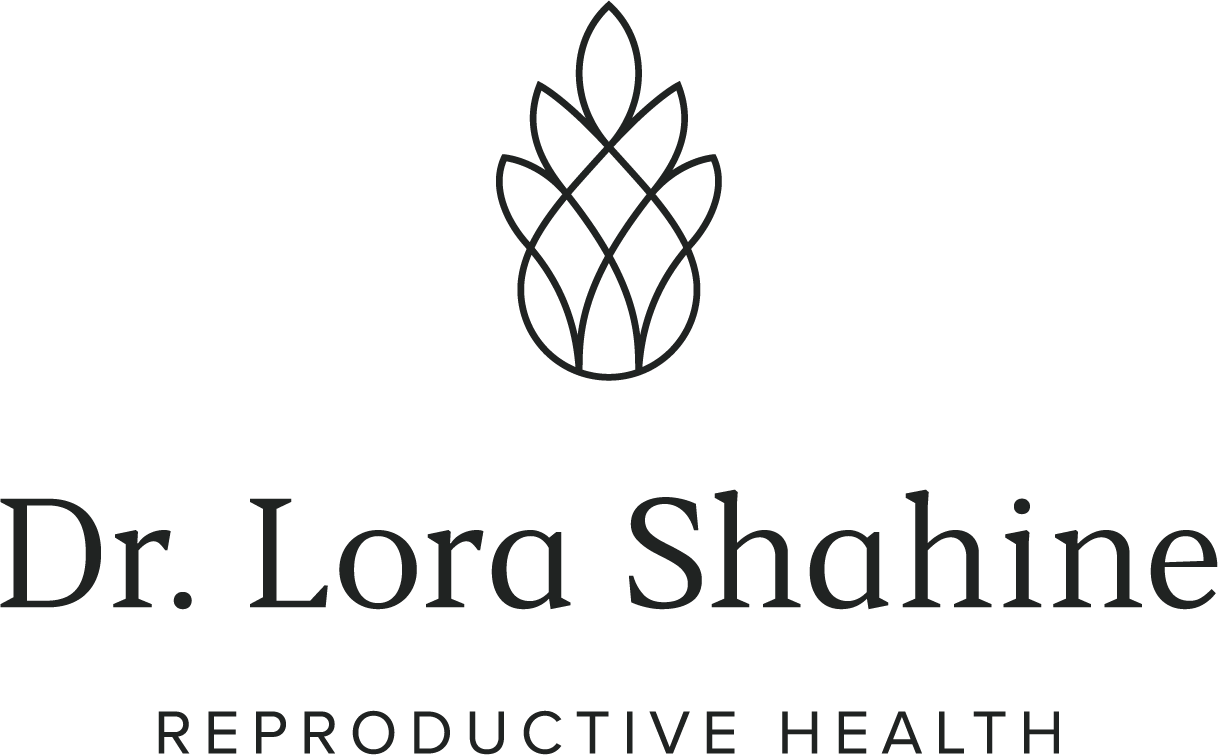To Drink or Not to Drink: All About Alcohol and Fertility
We considered posting this episode on New Year's Eve, when toasting in the New Year is likely to happen, rather than New Year's Day, when many celebrants are waking up to a sore head, a fuzzy tongue, and second thoughts about that third round of shots.
It's OK to celebrate — but alcohol is a tricky question when it comes to fertility. How much is too much?
In this episode you’ll hear:
[00:00] Intro
[2:20] Stopping alcohol in pregnancy message is out but what about while trying
[4:28] Research of female fertility and alcohol intake – studies resources listed below
[8:30] Research of male fertility and alcohol – studies and resources listed below
[10:44] Recap of the evidence for reproductive health
[11:23] What I tell my patients about alcohol and fertility
[14:23] Fertility Story – alcohol and fertility
Resources mentioned:
Female reproductive health research:
Eggert, J et al. Effects of alcohol consumption on female fertility during an 18-year period Fert Ster 2004;81:379-383
https://www.sciencedirect.com/science/article/pii/S0015028203027171
Anwar MY, et al. The association between alcohol intake and fecundability during menstrual cycle phases. Hum Reprod 2021;36:2538-2538.
https://academic.oup.com/humrep/article/36/9/2538/6294415?login=false
Mikkelsen EM, et al. Alcohol consumption and fecundability: prospective Danish cohort study. BMJ 2016;354:i4262
https://www.bmj.com/content/354/bmj.i4262.long
Tolsrup JS, et al. Alcohol use as predictor for infertility in a representative population of Danish women. Acta Obstet Gynecol Scand. 2003 Aug;82(8):744-9. doi: 10.1034/j.1600-0412.2003.00164.x.
https://pubmed.ncbi.nlm.nih.gov/12848646/
What does ASRM say?
In their Optimizing Natural Fertility Practice Committee Guideline:
Male reproductive health research:
Finelli R, et al. Impact of Alcohol Consumption on Male Fertility Potential: A Narrative Review. Int J Environ Res Public Health. 2022 Jan; 19(1): 328.
https://www.ncbi.nlm.nih.gov/pmc/articles/PMC8751073/
Hassan M, et al. Negative lifestyle is associated with a significant reduction in fecundity. Fert Ster 2004; 384-392.
https://www.sciencedirect.com/science/article/pii/S0015028203028462
What does ASRM say?
In their Optimizing Natural Fertility Practice Committee Guideline:
Stay Up to Date in Fertility News and Events: Weekly Newsletter
Follow @drlorashahine Instagram | YouTube | Tiktok | Her Books

